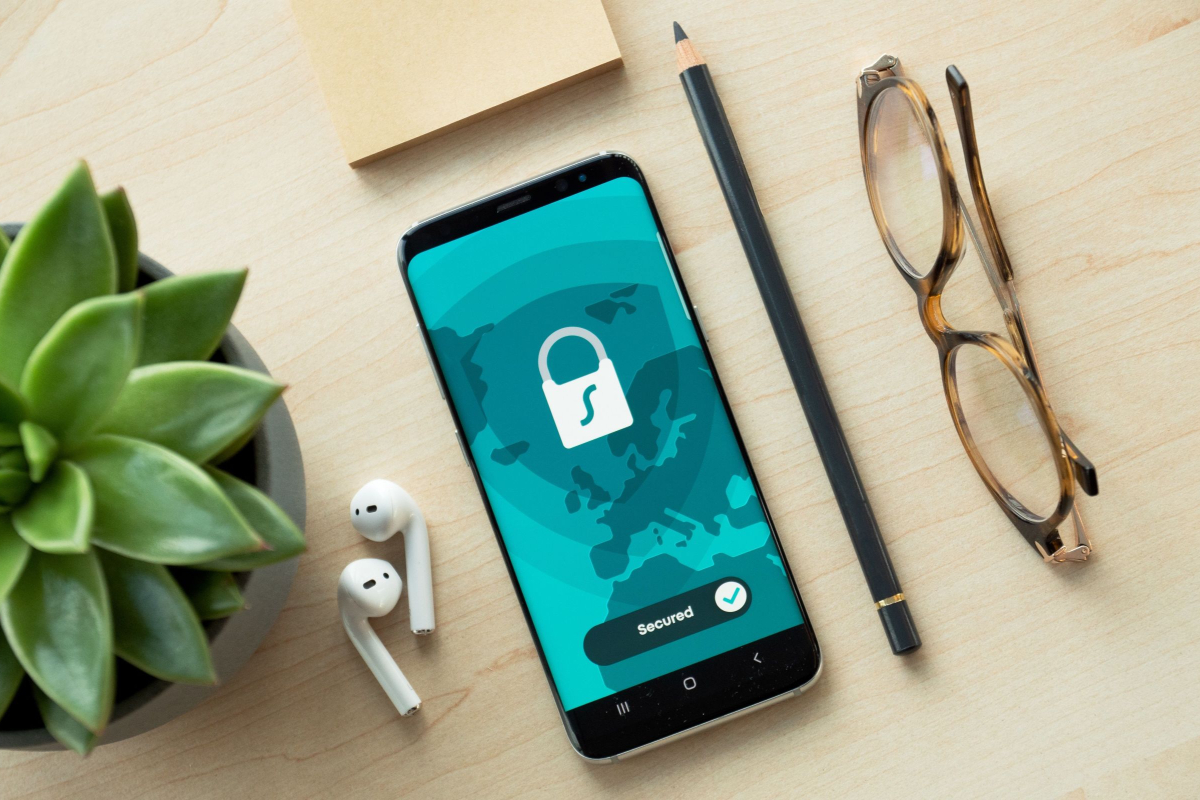QIT Solutions: Blog

What’s Passwordless Login and how does it work?
Passwordless authentication is a method of verifying a user’s identity without requiring them to enter a password. Instead, passwordless authentication relies on other factors such as biometrics, security tokens, or one-time codes sent via email or SMS.
One of the main benefits of passwordless authentication is that it can improve security by eliminating the risk of password-based attacks such as brute force attacks, dictionary attacks, and phishing. Passwordless authentication also simplifies the login process for users, as they no longer have to remember and enter a password. This can improve user experience and increase adoption of security protocols.
However, passwordless authentication is not without its challenges. One of the main challenges is that it requires the availability of alternative authentication methods, such as biometric scanners or security tokens. These methods can be costly to implement and maintain, and they may not be practical for all users.
Another challenge is that passwordless authentication can be less secure in certain scenarios. For example, if a user’s biometric data is compromised or if an attacker is able to intercept a one-time code sent via SMS, passwordless authentication can be vulnerable.
There are several types of passwordless authentication methods, including:
- Biometric authentication: This method uses unique physical characteristics such as fingerprints, facial features, or voice recognition to verify a user’s identity. Biometric authentication is widely used in mobile devices and laptops, and it is generally considered to be more secure than password-based authentication. However, biometric authentication may not be suitable for all users, as some people may not have the necessary physical characteristics or may have disabilities that prevent them from using certain biometric methods. It is also important to consider the privacy implications of biometric authentication, as it involves the collection and use of personal data such as fingerprints and facial features. To ensure the security and privacy of biometric data, it is important to implement appropriate safeguards such as encryption and access controls.
- Security tokens: This method uses a physical device, such as a smart card or USB key, to generate a one-time code that is used to verify a user’s identity. Security tokens are generally considered to be more secure than passwords, as they are not easily guessed or hacked. However, they can be lost or stolen, which can compromise security.
- One-time codes: This method uses a code that is sent via email or SMS to verify a user’s identity. The code is typically valid for a short period of time, after which it expires and cannot be used again. One-time codes are generally considered to be less secure than security tokens, as they can be intercepted or replayed by an attacker.
Passwordless authentication can improve security and make things easier for users, but it also has some problems and limits. When considering passwordless authentication, it is important to carefully evaluate the risks and benefits and to choose the appropriate authentication method based on your specific needs and circumstances. If you are thinking about using passwordless authentication or if you have any questions or concerns about your current authentication methods, don’t hesitate to contact QIT Solutions for IT support and consulting. Our team of experts can help you find the best solution for your needs and make sure that your authentication systems are safe and reliable. Contact us today to learn more.





